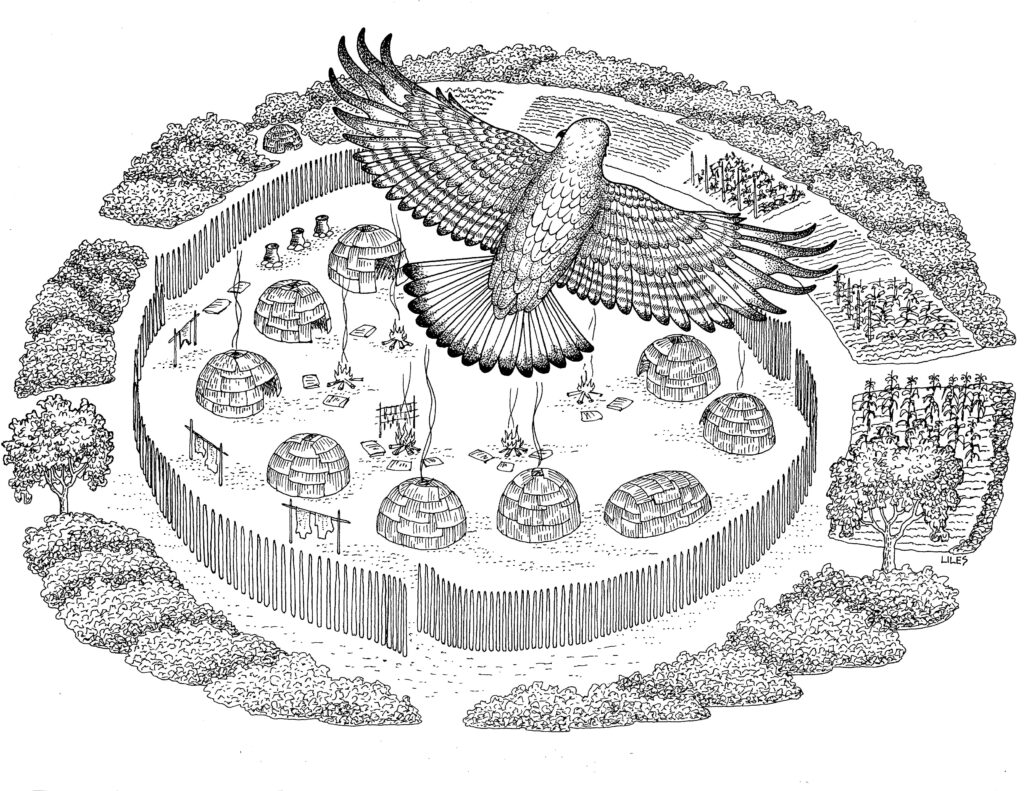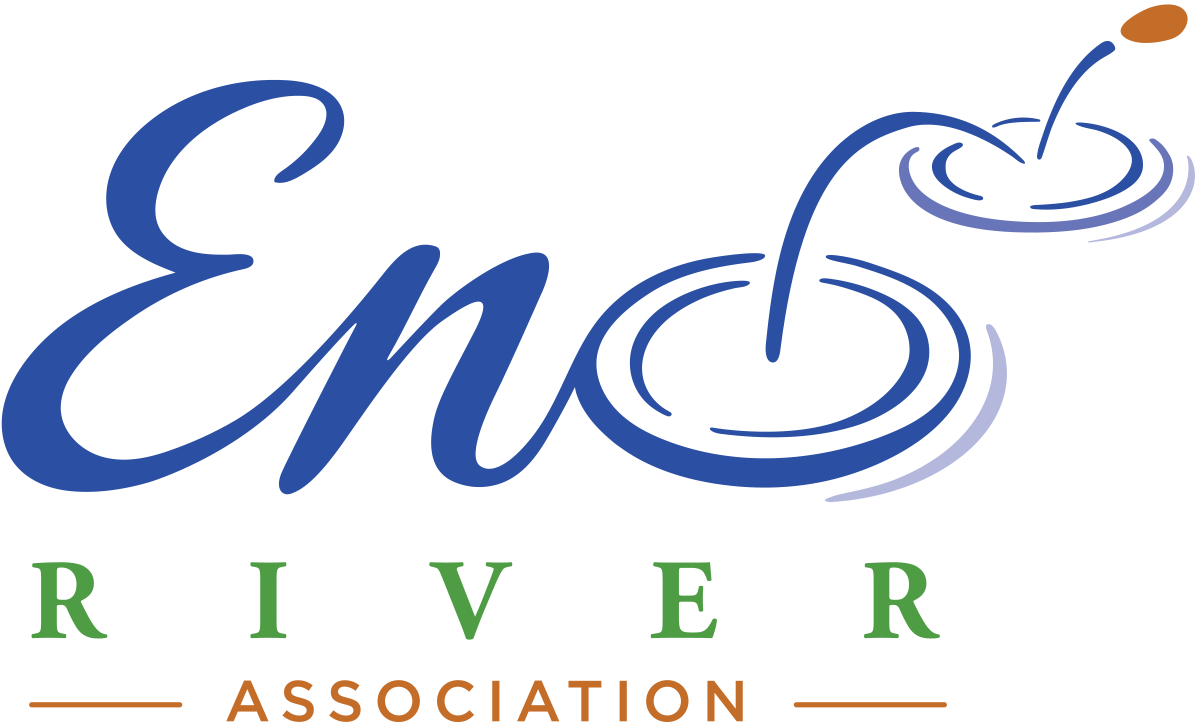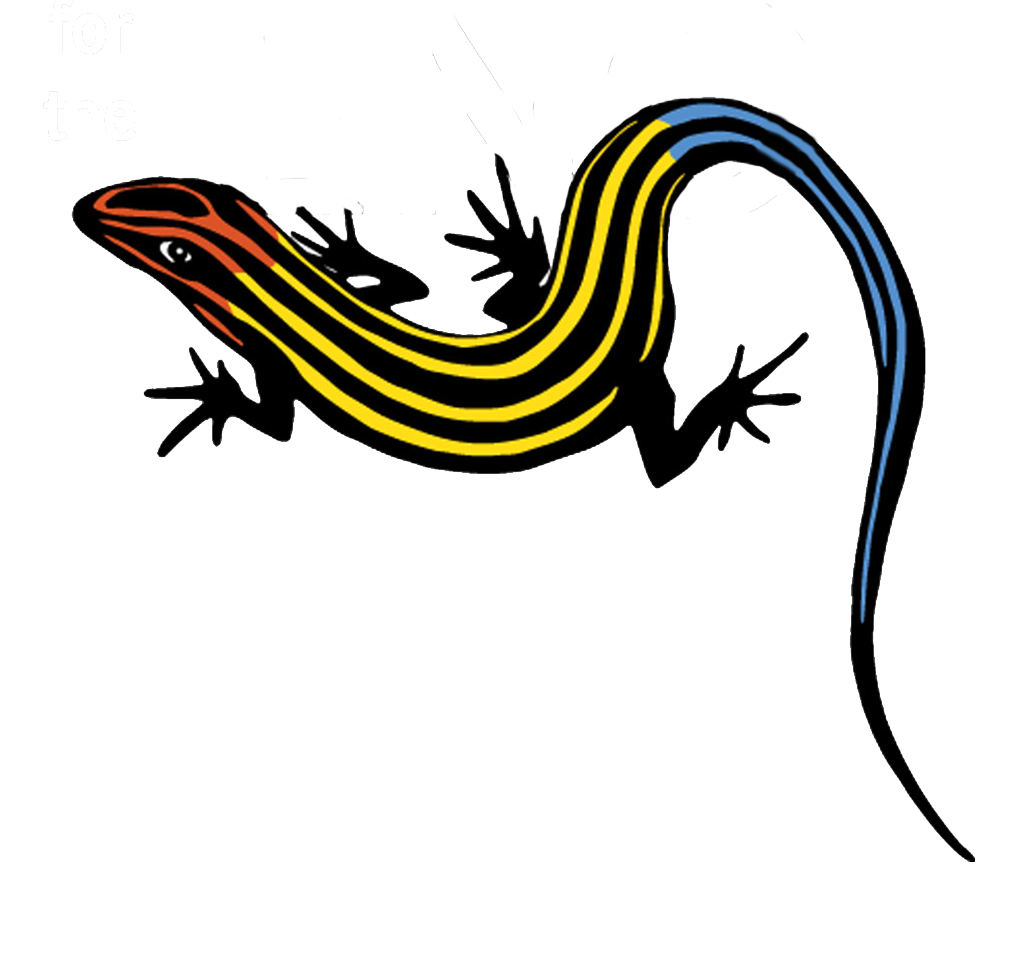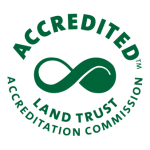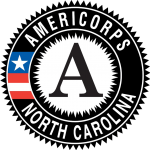Interview conducted on March 13, 2019 by Joe Liles at the home of John Blackfeather Jeffries in Hillsborough, NC. From Ribbons of Color Along the Eno River, volume 2.
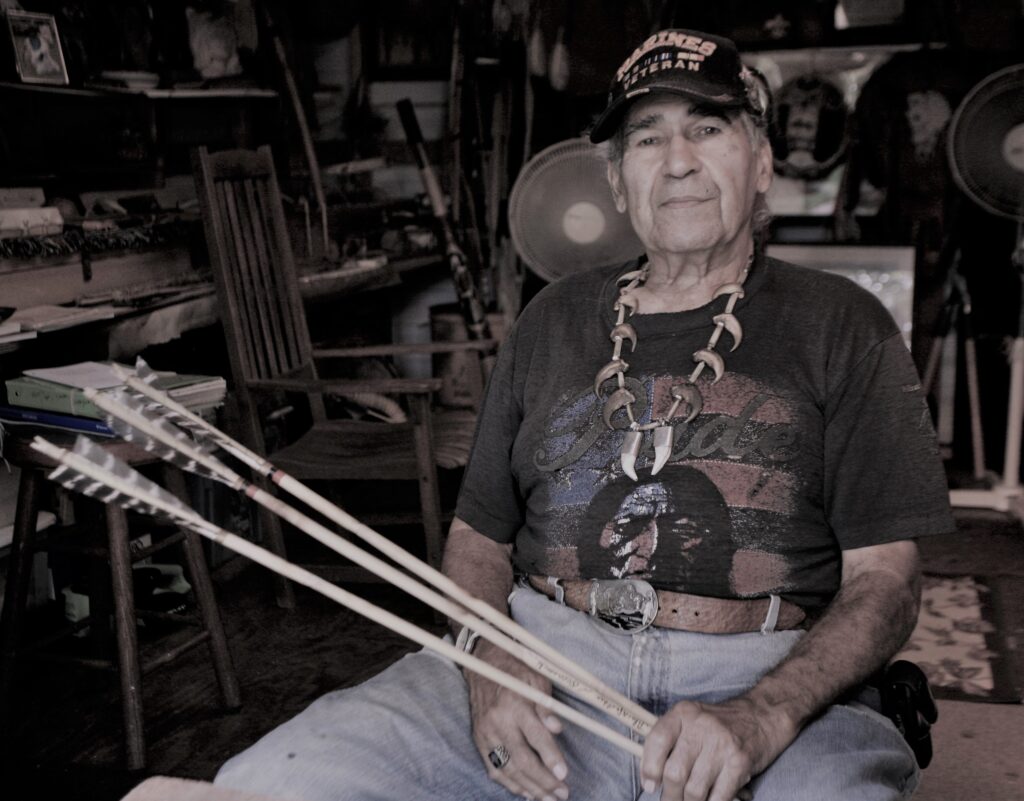
I came into this world in 1939 in Hillsborough, NC where we are sitting right now. All of my family lived around me. You could see that monadnock rising up from the Eno River from my house. I was told that this was originally a volcano that exploded millions of years ago and changed the course of the river. In my childhood that mountain was called Eno Mountain. Today, it is protected and called Occoneechee Mountain, named after my people. I always knew I was Indian. I worked with my people to be recognized as a tribe by the State of North Carolina in 2002. We are proud to be the Occaneechi Band of the Saponi Nation.
The Eno has been a part of my life. I fished it. I swam it. I built dams on it. When I was a young boy, we used to go down there with my grandpa. My uncles would go down there to the oxbow, right at the bend. It was a special place for catching eels and catfish. That’s where we used to go. We would go down there right by the village site. I didn’t know what it was at that time. They had a corn field down there.
The Eno has been a part of my life. I fished it. I swam it. I built dams on it.
I was down there with my cousins one time when I was around ten years old. There was about eight of us. Us young ones, we would have to carry the fishing poles. The fishing poles at that time were cedar saplings. They weren’t like cane poles. They were a little bit heavy. The cord we used on them was mason’s cord. We used big old corks. The lead we used came off the railroad tracks, or somebody had an old toothpaste tube you could roll up on the cord. Anyway, they were heavy. We would go down to the river and catch fish. When we came back we would have to cut across that cornfield cause the sun was getting ready to set. When the sun was going down, and you are going to the west across the cornfield, coming right through the rows, you would look up toward the trees in the distance, you could see everything in those trees. So, the big boys would be up front. Us young ones would be in the back with those fishing poles on our backs. The hooks and weights would be swinging, and we’d be carrying our fish we had caught. One of those big boys would holler, “Would you look a there! There’s a ghost! And here we are in that corn field with the corn over our heads now. And we started running, and we would have those strings and hooks hanging in the leaves of that corn. We would let go of those poles and drop the fish and run! We would have to go back and get those poles and fish because those big boys would whoop us. Them boys were big!
It was the Ghost Field. I wouldn’t go down there at night because there was something in there. It would make chill bumps all over me. One day I found out that there was a burying ground in there. I went down there about a week ago with one of our Occaneechi members. Her name was Angela. I told her that over there that is where the village was. There is a tree down there and it came up with a curve like this. That was the Ghost Field, and they are still there, yep they are still there. The spirits are still there.
My Native spirituality is high. I was sitting there thinking a while ago. I was watching the buzzards. That’s my bird. Some people think, that nasty old buzzard that eats dead things. But here we are, we eat dead things. You ever eat a live chicken? You ever eat a live pig? I’m sitting out there thinking, watching the buzzards and the crows. There’s bad weather coming. All the other birds is gone. Here come that buzzard. Here comes that crow. They are warning you. People don’t understand dark things. They don’t understand a thunderstorm when it is dark coming in there. It is the darkness before the light.
I had another experience down here on the Eno River. There was a grave they had found down there. Dr. Steve Davis from UNC was there. They were down about three feet and found a big piece of slate. It was half as big as this table. When they moved it and went a little farther, they found the remains of this Indian woman. It was in the 1980s, back before my tribe was recognized. Steve called me and asked me to go down in this grave. I went down in there. I had my smudge bowl. They held my arms and lowered me down in there. I saw her. I smudged her and did some tobacco and sage. I said a prayer. But something hit me. It was like a bolt of lightning going through my body. I hollered and the guys on the dig came. I gave ‘em my smudge bowl and they pulled me up. I was sweating and crying. I tell people, you don’t mess around with that. That’s when the Commission of Indian Affairs found out about it. They said, we need to do a ceremony on this, and UNC Archaeology said that I had already done a ceremony. And the Commission said that I was not State recognized. Was that woman State recognized? Do you have to be State recognized to say a prayer and to honor your ancestors?
It is wonderful to be able to communicate with your ancestors. I communicate with them every day. I hold on to my ancestors. I go down to that river sometimes and I sit there. My ancestors walked there. That’s where they lived. That’s where they fished. There’s so much been written about ghosts. Ghost ain’t never hurt anybody. You hurt yourself! It is the mystery of these things that some people are afraid of. It is the dark. You don’t know what’s out there. I believe in the spirits of my people, because it is in me. The spirits, you got to get in tune with them. If you talk long enough they will come to you. I look at that tree. What’s in that tree? I say life. There are spirits in that tree.
“I can’t say enough about that river…that Eno is part of me…lessons were taught to me that I remember as a boy. Living Water. Listen to it and it will talk to you. We have to keep it pure.”
Indians were all down this river. My granddaddy and I used to walk that river and fish. Get turtles. There was a man named Ike who used to get turtles there, big ones. You would know when Ike was on the river because on Saturday mornings, if you heard him holler, you would know he had some turtles. He had snappers. He didn’t mess with no cooters. He had big old snappers. He had a sack on his back full of snappers.
I can’t say enough about that river. It runs into the Neuse and goes all the way down to the ocean. That Eno is part of me and my grandfather. Lessons were taught to me that I remember. That I remember as a boy. My granddaddy kept his milk and butter in a spring to keep it cold. There was a crawfish in there. He told me to come with him one day and we walked down there to the creek. He pulled a monster crayfish out of it. He reached behind its head and caught him and held him up. “Do you want to touch him?” he asked. I said, “No, he’s going to cut me.” He carried him back up to the spring and put him in there. He pointed with a stick into the spring. He said, “Johnny, you see that little hole right there? That’s the vein. That’s where the water comes from. This crayfish will keep that vein open. Leaves and things will get in there. You see how the water is running out? That crayfish will keep that vein open.”
Water never goes away. It always comes back. You see in the summertime the sun drawing the water. If water leaves it will come back. How long has that river been there? How long has Stillhouse Creek been there going into the river? That’s the blood of life for the earth. That’s it! You see the sun drawing the water and then you see a cloud come in. Living water. Listen to it and it will talk to you. I have laid down there by the village site and listened to the water running over the rocks. It will talk to you. You got to listen to it. And then you got a blue heron come up there, and then you got a kingfisher setting up there, watching. And then there’s a turkey coming. They are coming for water. The water is ever living. We have to keep it pure. Water will return just like our bodies. Our bodies will return to the earth. Water will return. Water comes from the earth, it will return to the earth.
John Blackfeather Jeffries passed away on January 24, 2023. Rest in peace.
